Rev’s Transcript Library
Explore our extensive collection of free transcripts from political figures and public events. Journalists, students, researchers, and the general public can explore transcripts of speeches, debates, congressional hearings, press conferences, interviews, podcasts, and more.
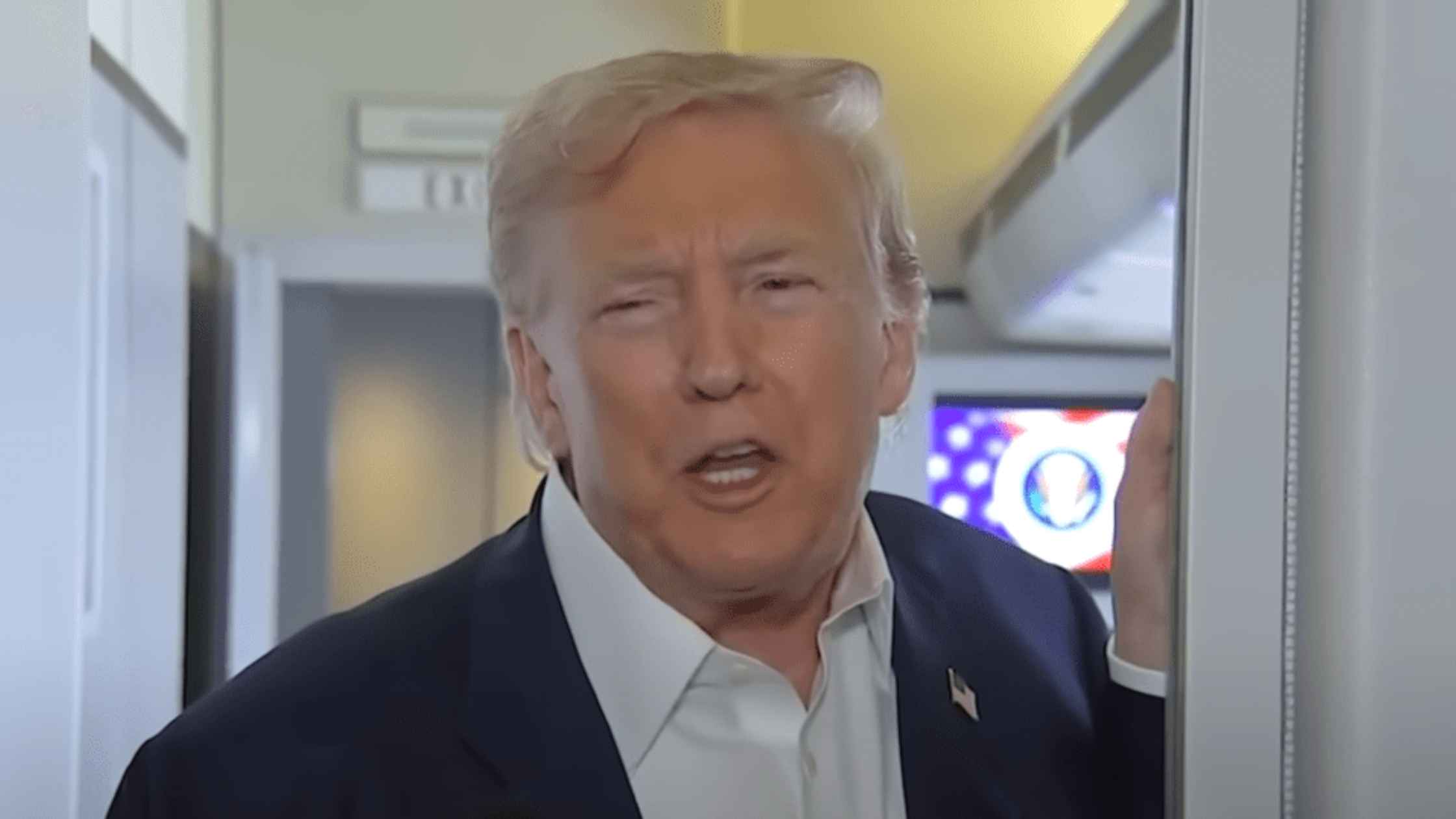
Air Force One Press Gaggle 7/29/25
Donald Trump takes questions from reporters on Air Force One during his flight from Scotland to the U.S. Read the transcript here.
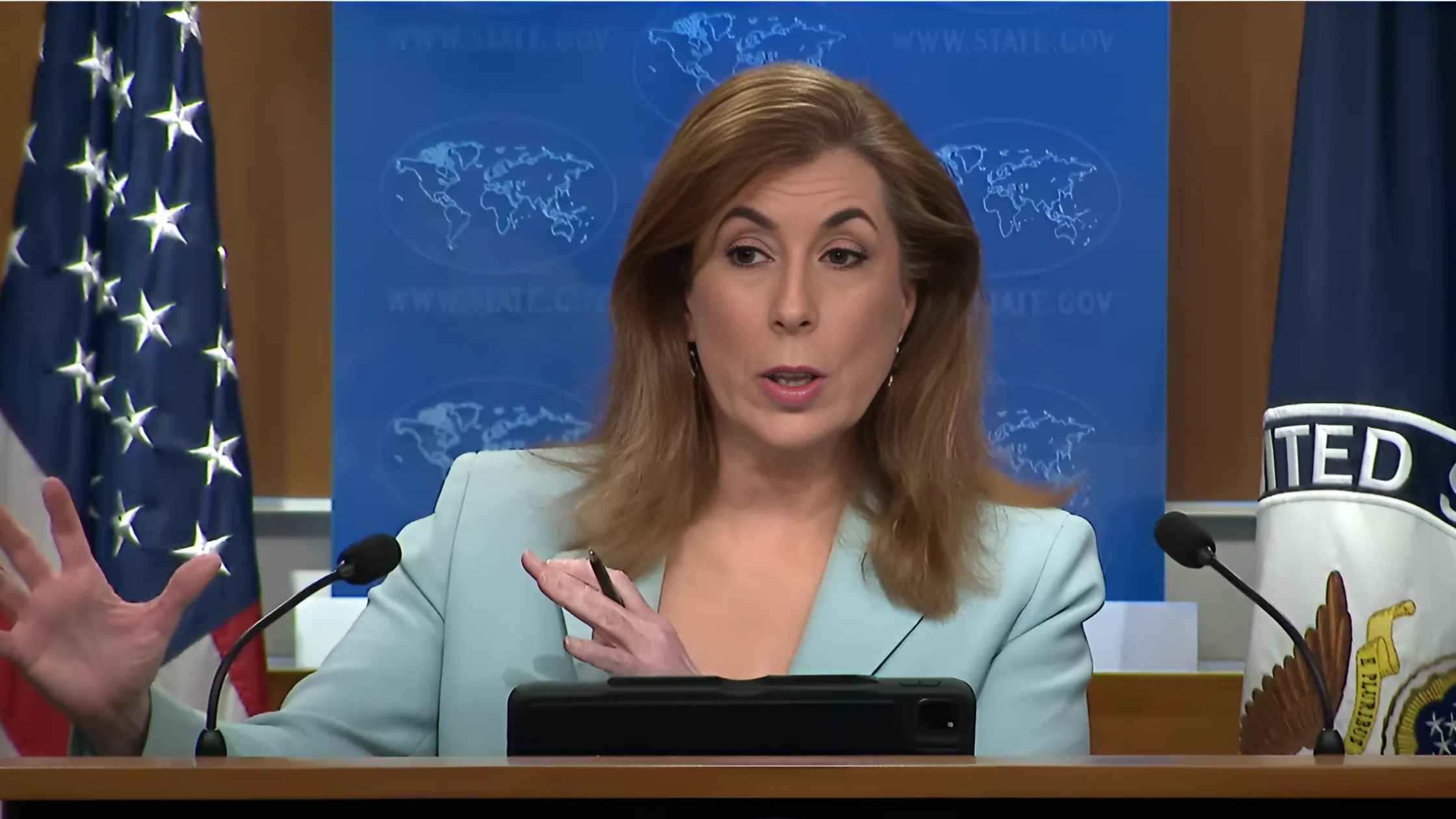
State Department Press Briefing for 7/29/25
Tammy Bruce leads the State Department briefing for 7/29/25. Read the transcript here.
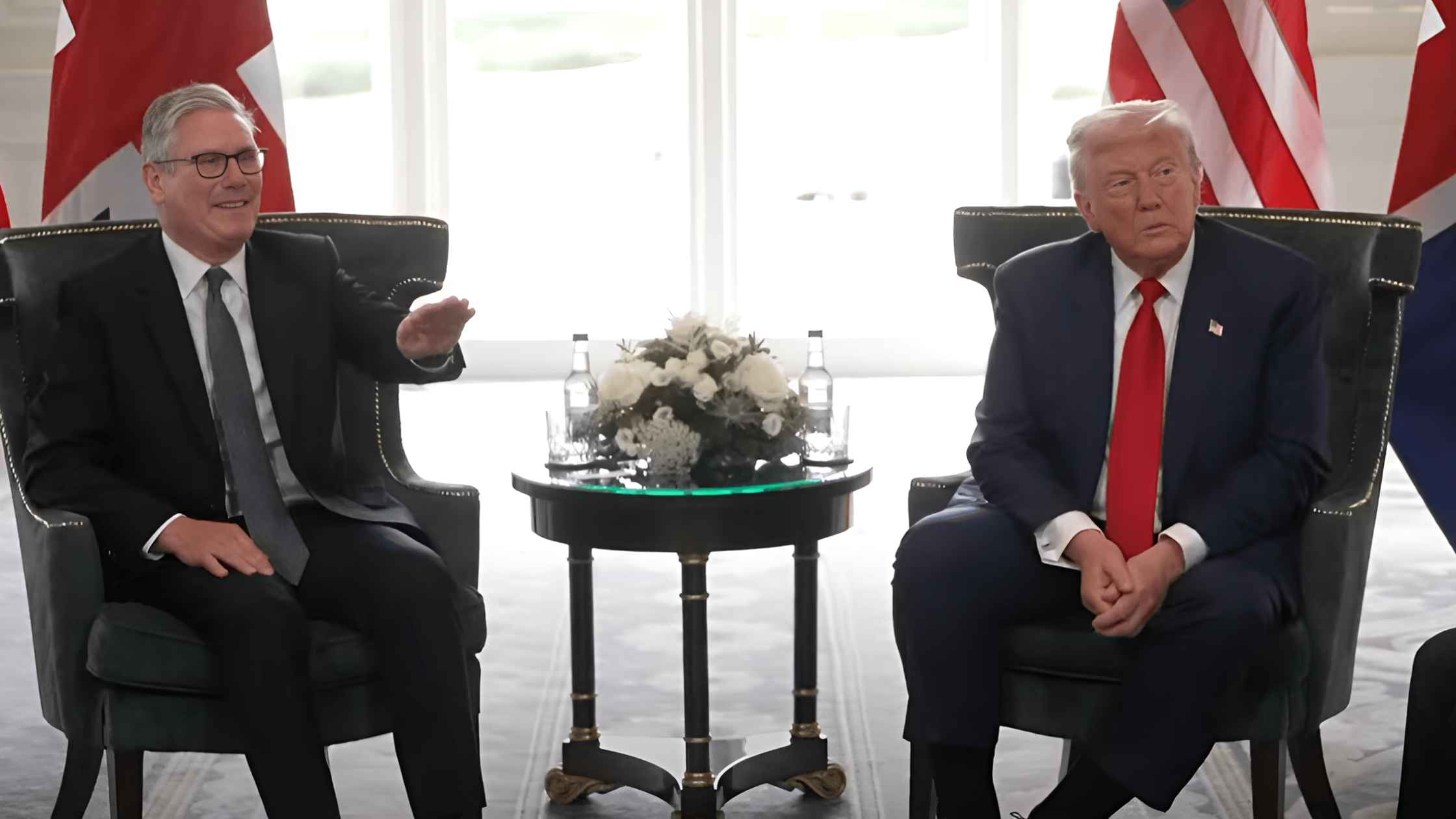
Trump and Starmer Hold Press Conference
Donald Trump and UK PM Keir Starmer take questions from reporters at a meeting at Trump Turnberry Golf Course in Scotland. Read the transcript here.

Starmer Arrives in Scotland
Donald Trump welcomes UK PM Keir Starmer to Trump Turnberry Golf Courses in Scotland. Read the transcript here.
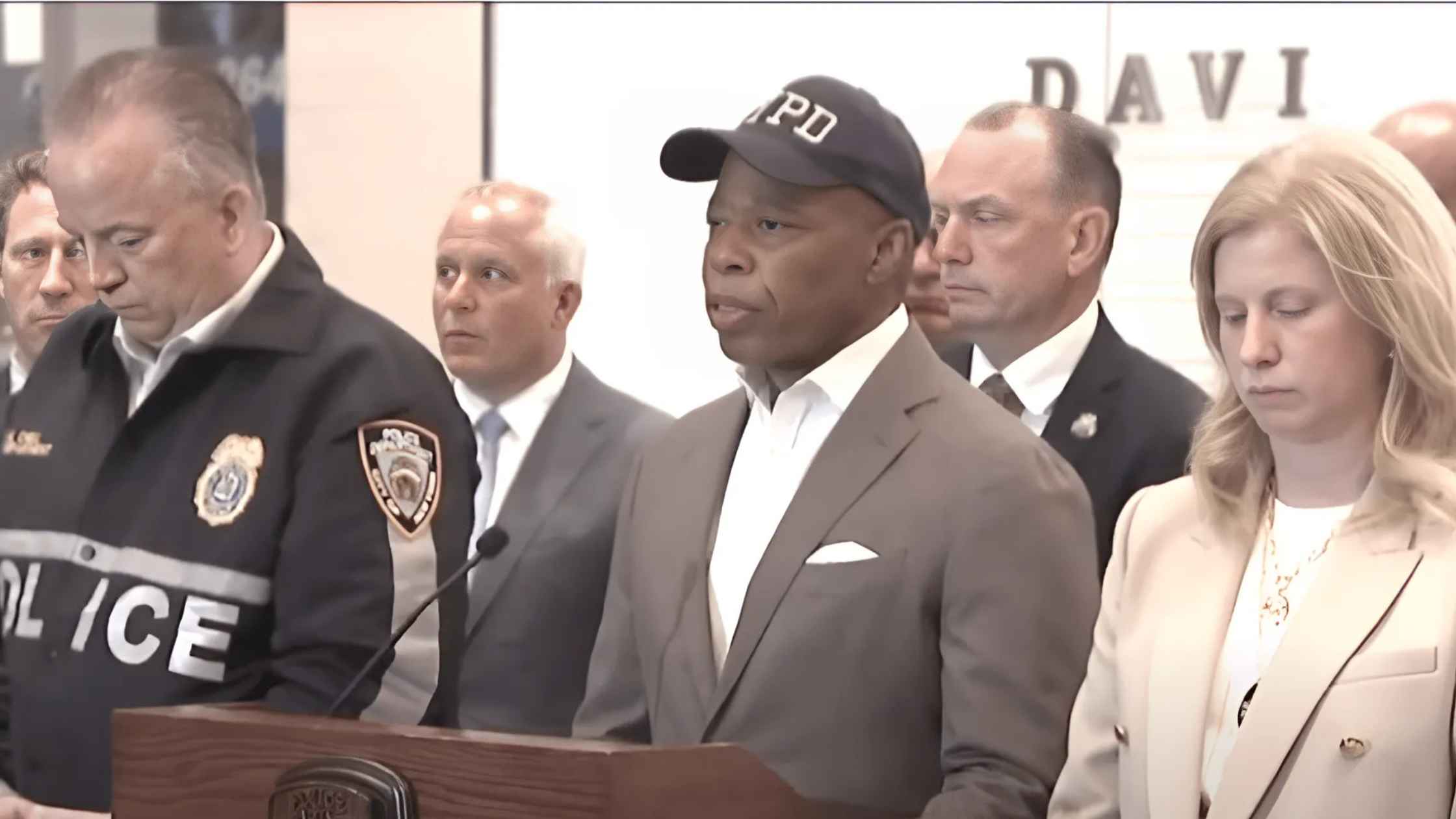
NYC Shooting Press Conference
NYC officials hold a press briefing after a deadly shooting in Midtown Manhattan. Read the transcript here.

US-EU Deal Press Conference
European Union trade chief Maroš Šefčovič holds a press conference on US-EU deal. Read the transcript here.
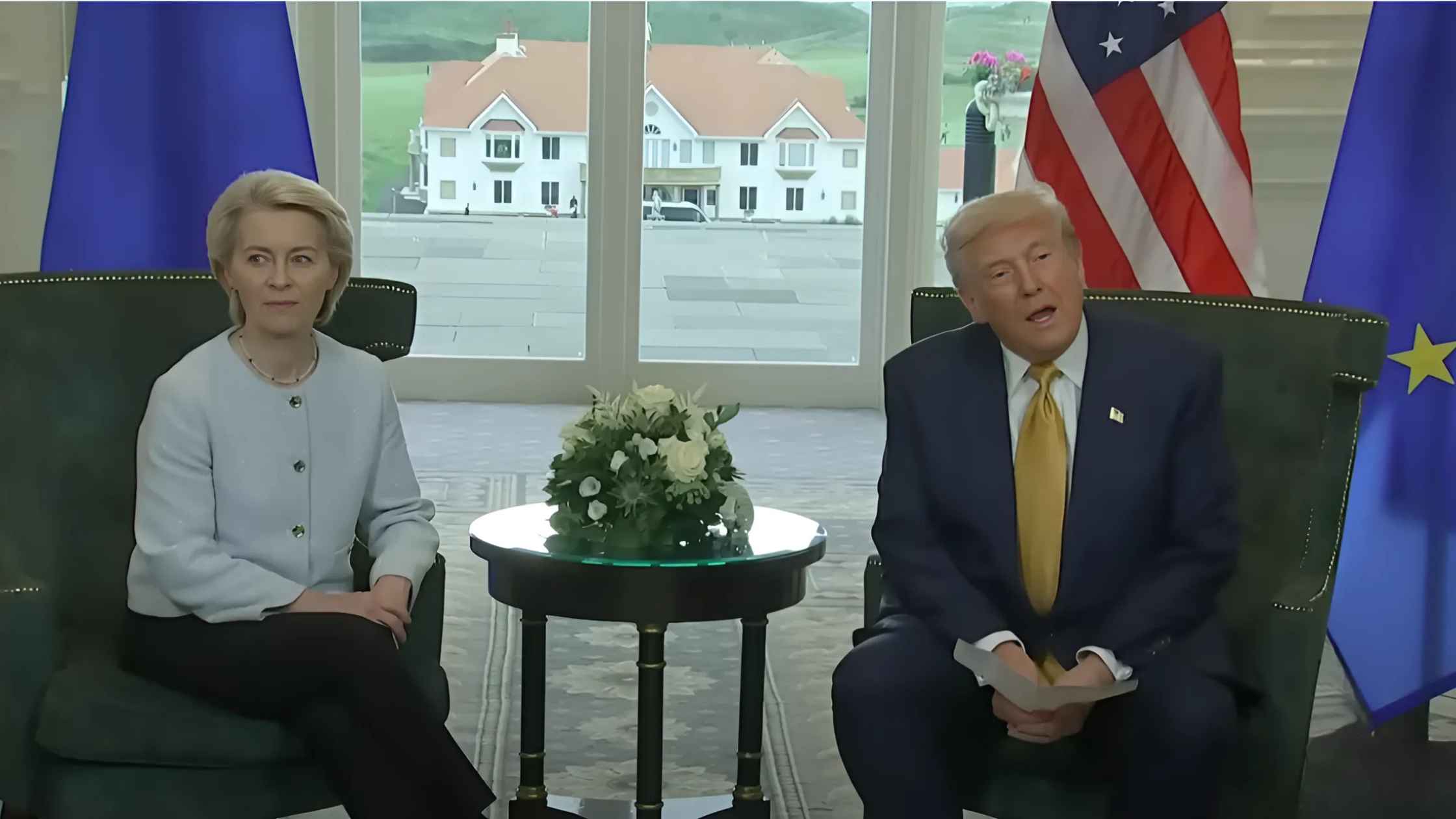
Trump Announces EU Deal
Donald Trump announces a trade deal alongside the President of the European Commission Ursula von der Leyen.
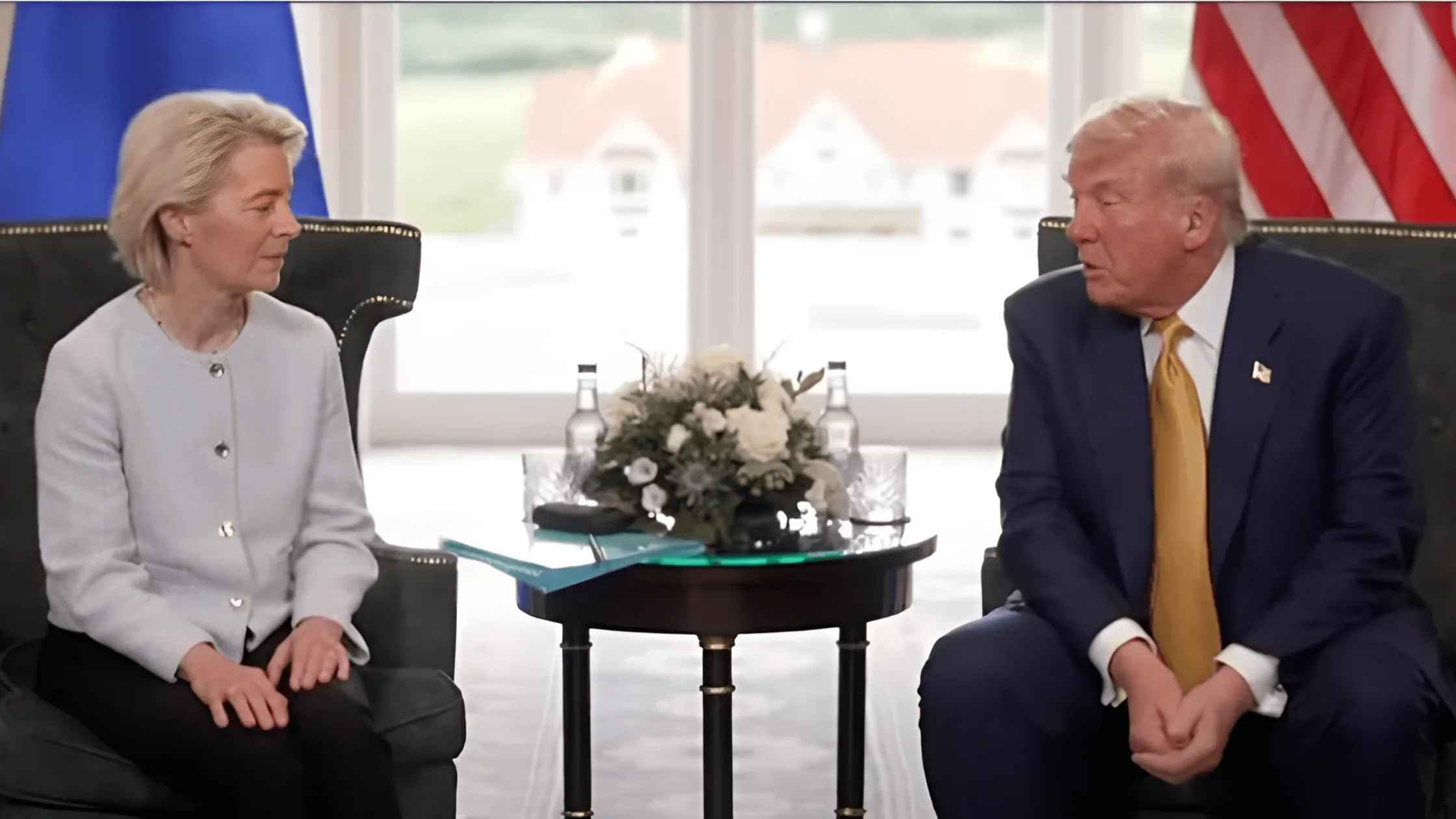
Trump Takes Questions in Surprise Meeting in Scotland
Donald Trump meets with the President of the European Commission Ursula von der Leyen in Scotland. Read the transcript there.

Trump Visits Federal Reserve
Donald Trump visits the Federal Reserve and speaks with Jerome Powell and reporters. Read the transcript here.
Subscribe to The Rev Blog
Sign up to get Rev content delivered straight to your inbox.

.webp)